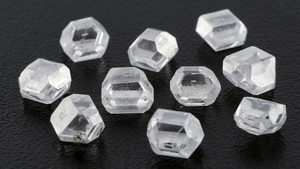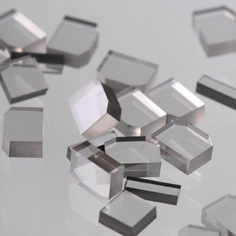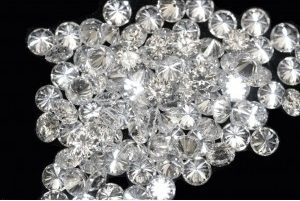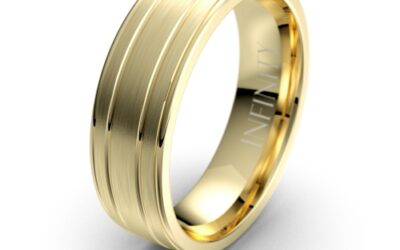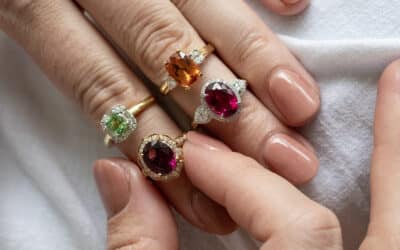“The history of imitation and synthetic gemstones goes back to the ancient Egyptians.”
They developed the technique of faience, an early form of glazed ceramic, to imitate coloured gemstones. Fast forward several thousand years to the late 1800’s and the first synthetic rubies were created by heating small natural rubies until they nearly melted and allowing them to fuse together. Around this time the first ‘flame fusion’ rubies were created by carefully melting a chemical powder into gem crystals. Creating synthetic diamonds was much harder than other gem varieties. When scientists discovered that diamond was made up of just carbon various attempts were made to create the rare gem. Anything from heating carbon to enormous temperatures, to arcing huge amounts of electricity through it, to blasting carbon coated cannon balls at each other were used.
The science was roughly right in that enormous heat and pressure are required to turn carbon into diamond. The theory behind Superman crushing a lump of coal in his hands to create a diamond is not too far from the truth (only you need heat as well as pressure, and diamond crystals are not faceted in the process!). It wasn’t until the mid 1950’s that General Electric managed to develop a device that could manage the process. The crystals produced approximated some of those created by Nature in terms of their shape, though were not the ideal form Nature prefers. The term given to these diamonds is HPHT – an acronym of High Pressure High Temperature.
- Synthetic HPHT crystals from China
Through the next fifty years the process was refined. In the 1970’s General Electric created its first gem quality crystals (close to colourless and transparent) and by the 1990’s they were getting close to producing them economically. That is to say that synthetic diamonds could be produced nearly as cheaply as digging them out of the ground. At around the same time a new technique was being developed involving heating carbon into a plasma and letting it deposit onto a seed crystal (CVD or Chemical Vapour Deposition). This technique showed real promise as transparent, colourless and large crystals could be created without the bulky and costly apparatus of HPHT. The issue to overcome was that while large crystals could be created, they were created in thin sheets.
By 2015 it was suspected that the CVD process had been perfected enough that it produced small diamonds cheaply enough to be mixed in with the natural diamonds being sold. Certainly by visiting trade fairs, particularly Hong Kong, it was evident that CVD diamonds were being sold as a legitimate alternative to natural diamonds. When Tim and I visited Hong Kong in September last year (2017) for our buying trip the quantity, size and quality of CVD diamonds was amazing. Further more they were relatively cheap, around half the price of equivalent natural diamonds. Given how quickly the prices have come down and how many manufacturers of synthetic diamonds there are and how techniques to improve efficiency will continue its likely prices for them will continue to fall.
- Rough CVD crystals
- Polished Diamonds

